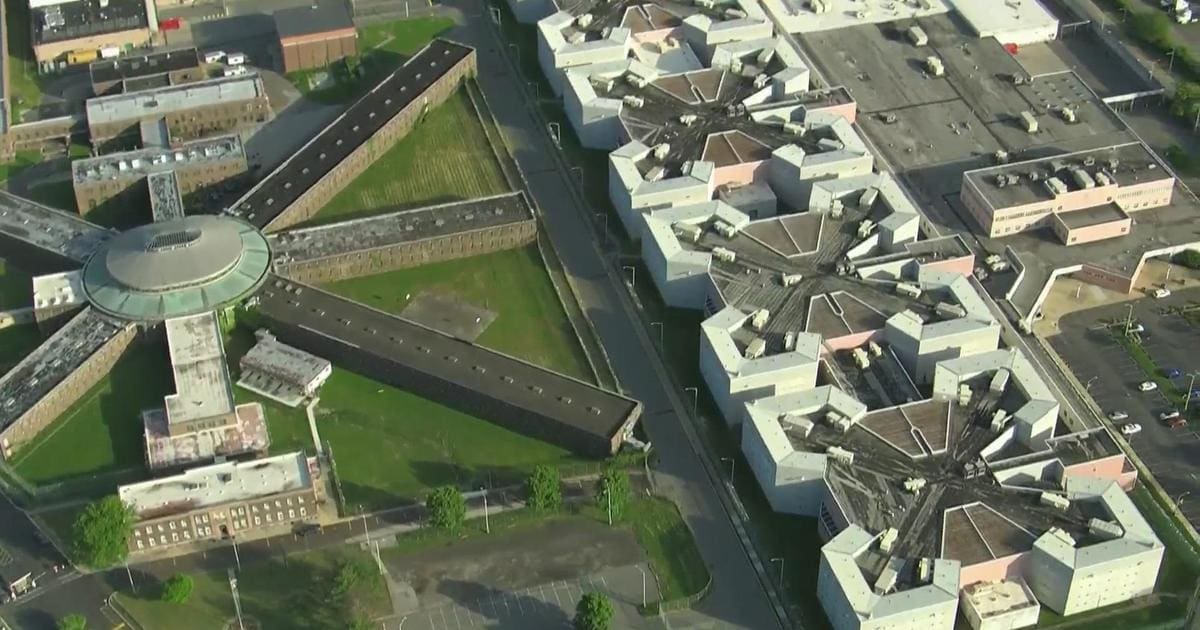[social_warfare]
Inside America’s Hardest Time: The Most Dangerous Prisons in the USA
Imagine stepping through the towering gates of some of the most notorious jails in the United States. Behind these walls, stories of survival, fear, and sometimes, hope, unfold daily. What makes a jail dangerous? Is it the relentless violence, the overcrowding, or the severe conditions that inmates face?
As we venture into the world of America’s toughest prisons, we’ll uncover the chilling realities of the places meant to rehabilitate but often do much more harm than good.
From Rikers Island to San Quentin, we’re about to take a gritty tour of the 12 most dangerous jails in the U.S. Brace yourself, as these stories are not for the faint of heart.
1. Rikers Island, New York
Rikers Island, synonymous with New York’s struggle with crime and punishment, has stood as a formidable institution since its opening in 1932. Nestled on an island between Queens and the Bronx, this jail complex has become emblematic of the systemic issues plaguing American corrections, including violence, corruption, and neglect.
Rikers, sprawling over 400 acres, is designed to house close to 10,000 inmates. However, its population has often exceeded this number, leading to severe overcrowding and exacerbated tensions within its walls.
The violence at Rikers Island is legendary. Stabbings, beatings, and brutal clashes between gangs are routine, with both inmates and guards frequently involved. The culture of violence is so ingrained that numerous attempts at reform have barely scratched the surface. The abuse by guards has also attracted national condemnation, leading to numerous lawsuits and calls for the jail’s closure.
One of the most harrowing incidents that spotlighted the dire conditions at Rikers was the case of Kalief Browder. Arrested at sixteen, Browder spent three years at Rikers without a trial, enduring nearly two years in solitary confinement. His tragic suicide after being released ignited a firestorm of criticism and became a touchstone in the debate over reform at Rikers Island and beyond.
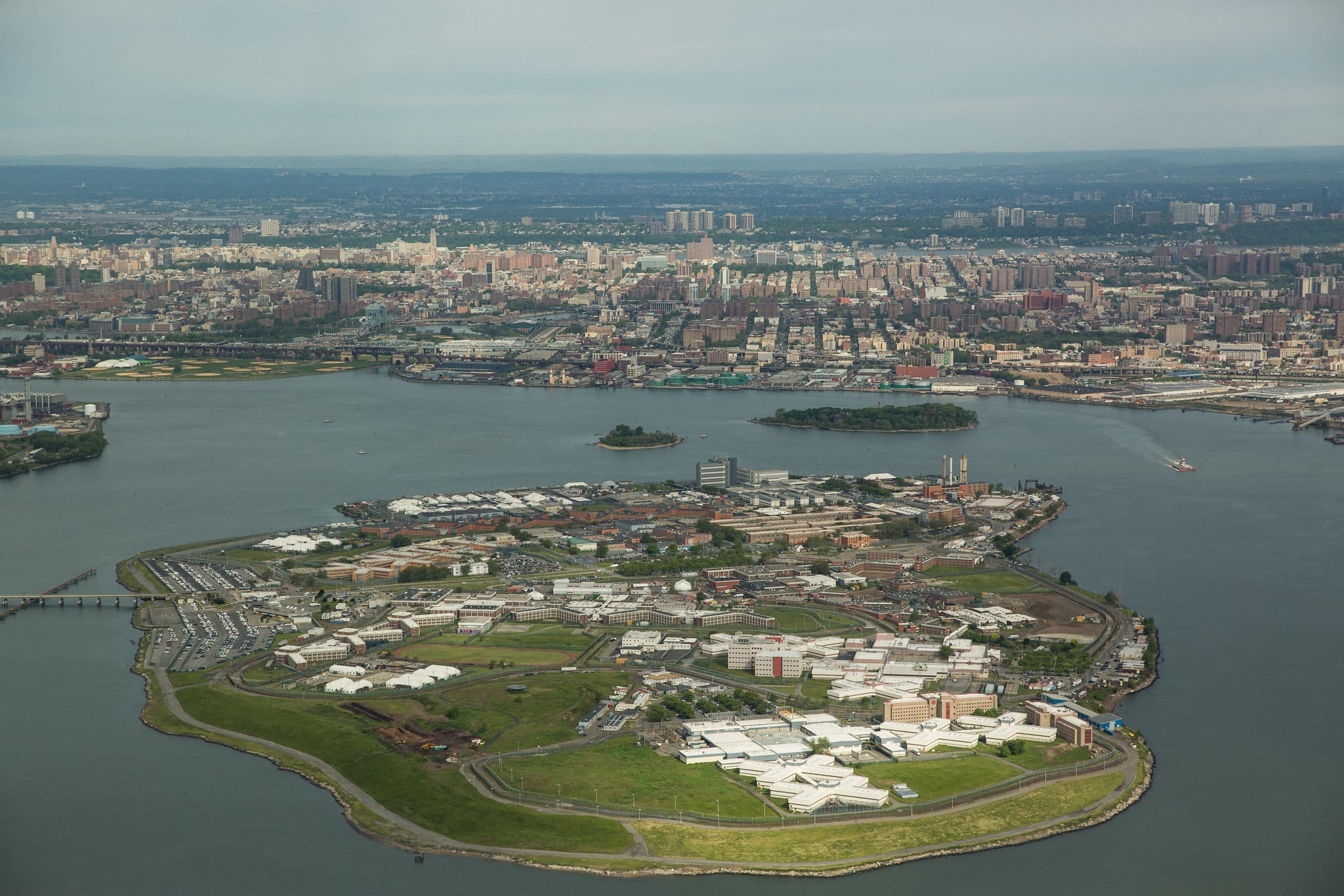
2. Los Angeles County Jail, California
Los Angeles County Jail, often referred to simply as Twin Towers, isn’t just a facility; it’s a vast complex that ranks as the largest jail system in the United States. Built to manage the overflow from city arrests and short-term incarcerations, this facility has become notorious not just for its size but for the complex challenges it embodies.
Inside the walls of this sprawling complex, the perils are multifaceted. Gang activity permeates the environment, turning the facility into a battleground where affiliations dictate survival. Overcrowding is another severe issue, with the jail often housing thousands more than its intended capacity. This overcrowding exacerbates tensions and leads to frequent violent outbreaks among inmates. Systemic issues such as inadequate medical care and mental health support further complicate the lives of those inside.
In recent years, there has been a push to address some of the systemic failings of the Los Angeles County Jail. Initiatives aimed at reducing overcrowding, improving mental health interventions, and curbing violence have been implemented. Despite these efforts, change has been slow, and the jail remains a harsh symbol of the broader issues facing the U.S. penal system.

3. Orleans Parish Prison, Louisiana
Orleans Parish Prison (OPP), a name that became infamous in the wake of Hurricane Katrina, has long been criticized for its conditions and management. Prior to the hurricane, the jail was notorious for its violence and decrepit conditions, but the disaster exposed its vulnerabilities on a national stage, showcasing the dire circumstances faced by inmates during the flooding.
OPP’s danger lies not only in its structural and administrative inadequacies but also in how these shortcomings are magnified during crises. Typically, violence and mismanagement are rampant, with inmates and advocacy groups repeatedly highlighting the inhumane conditions. The jail’s location in a flood-prone area adds to its hazards, making it uniquely vulnerable to environmental catastrophes.
Since Hurricane Katrina, there have been efforts to rebuild and reform OPP. A new facility was constructed with the intention of improving conditions and increasing safety. However, reports of violence and unsafe conditions continue to emerge, suggesting that while the walls might have changed, the underlying issues persist. The story of OPP serves as a stark reminder of the importance of disaster preparedness and humane treatment within the corrections system.
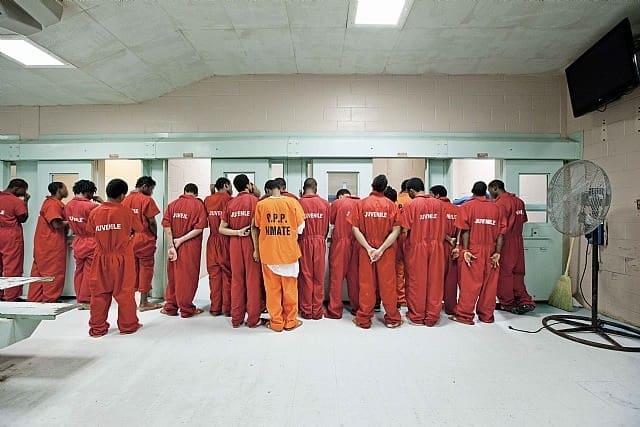
4. Cook County Jail, Illinois
Cook County Jail, located in Chicago, Illinois, is one of the oldest and largest county jails in the United States, with its origins tracing back to the 1830s. Today, it sprawls over an extensive area and houses approximately 9,000 inmates, making it a small city within a city, complete with its own rules and hierarchies.
Overcrowding has been a chronic issue at Cook County Jail, often forcing inmates into cramped and inadequate living conditions. This overcrowding contributes to frequent lockdowns and violent confrontations among inmates. Additionally, the jail has been particularly hard-hit during public health crises, like the COVID-19 pandemic, which exacerbated existing challenges and exposed inmates and staff to severe health risks.
The environment at Cook County Jail is often volatile, with a high incidence of inmate-on-inmate violence and assaults on staff. Efforts to improve safety have been ongoing, but the combination of high tensions, gang affiliations, and inadequate staffing creates a persistent atmosphere of danger.
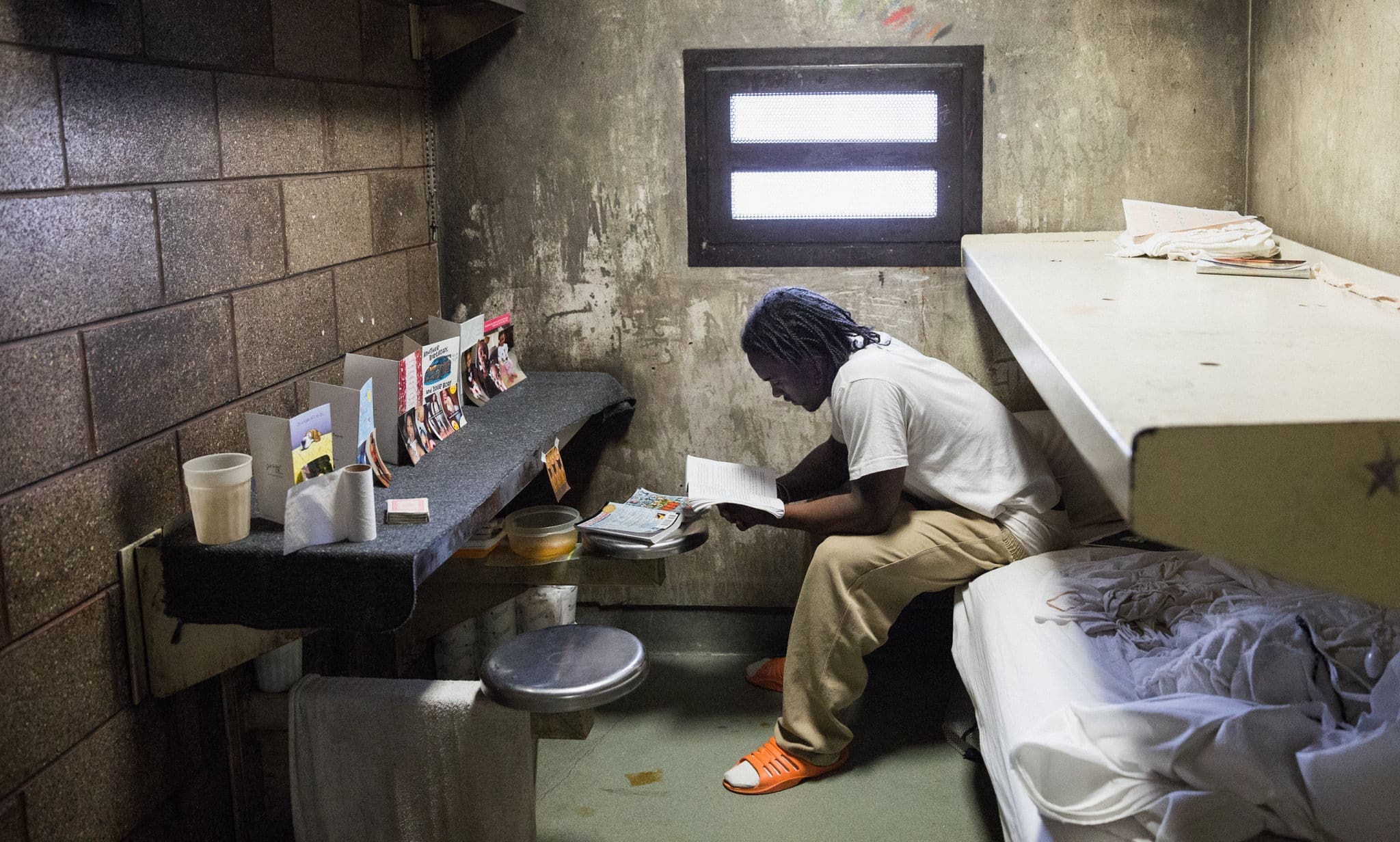
5. Harris County Jail, Texas
Harris County Jail in Houston, Texas, is one of the most populous jails in the country, typically housing over 9,000 inmates. The facility serves as the primary correctional facility for Harris County, the third-most populous county in the U.S., and faces immense pressures both logistically and in terms of public scrutiny.
The jail is notorious for its overcrowding and high rates of inmate deaths, which have been higher than national averages in recent years. Issues such as inadequate healthcare, mental health neglect, and insufficient preventive measures contribute significantly to the dangerous conditions within the jail.
In response to criticism and legal challenges, Harris County has initiated several reforms aimed at improving conditions within the jail. These include upgrading medical and psychiatric care facilities, implementing better training for staff on handling mental health issues, and increasing oversight to prevent abuses and ensure better treatment of inmates. However, these improvements are still in the process of fully transforming the jail’s environment.
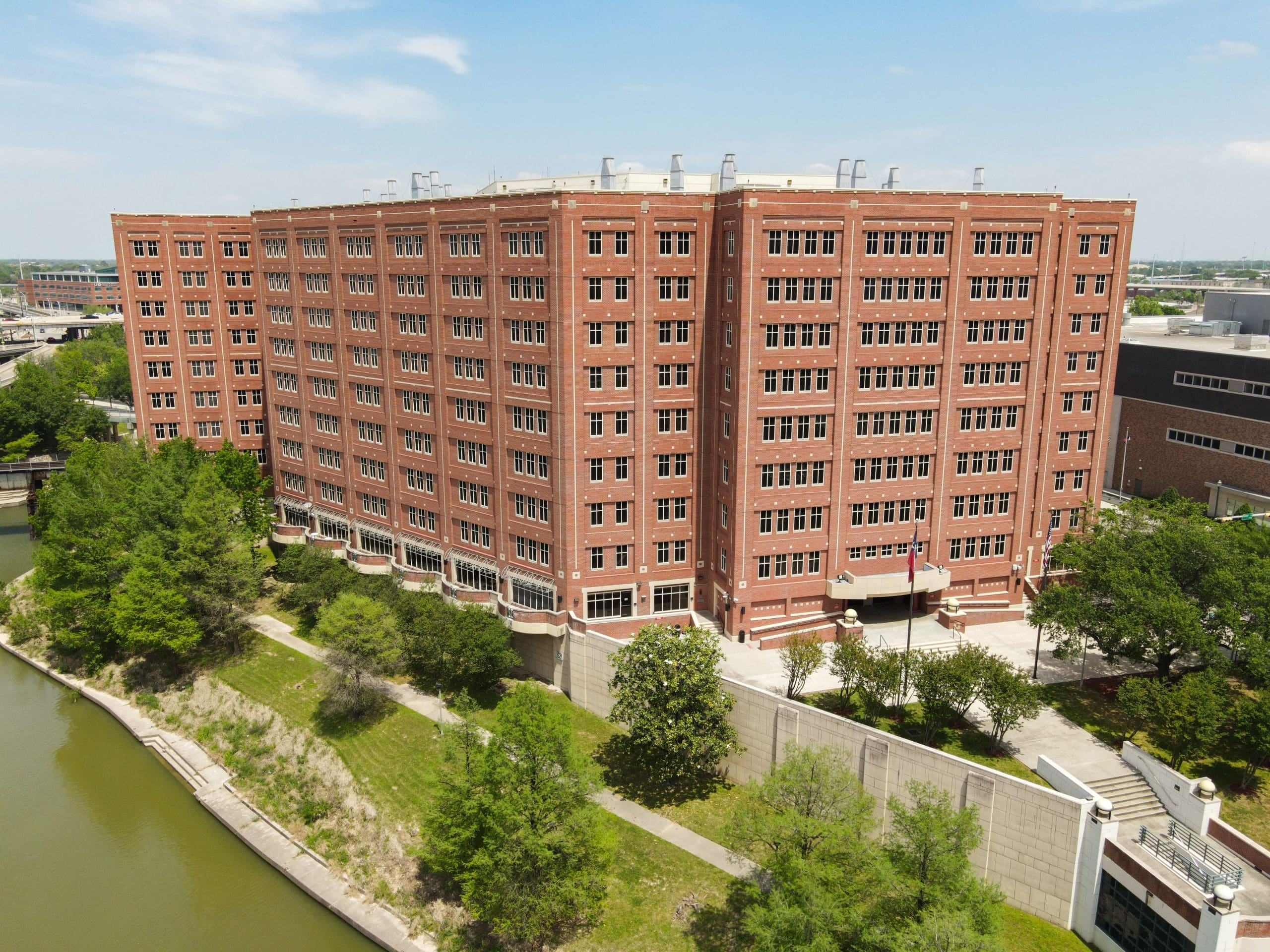
6. Men’s Central Jail, Los Angeles, California
Men’s Central Jail, located in downtown Los Angeles, is infamous for its harsh conditions and frequent reports of inmate abuse. This facility, primarily housing male inmates, has been operational since the 1960s and serves as a stark example of the challenges faced by large urban jail systems in the U.S.
The jail is particularly known for brutal conditions and high levels of violence, much of which is gang-related. The complex gang dynamics within the jail not only exacerbate conflicts but also complicate the enforcement of security measures. Issues with guard misconduct and allegations of abuse have also been rampant, highlighting significant human rights concerns.
In recent years, there have been calls and attempts to shut down Men’s Central Jail due to its notorious reputation. Efforts to reform the facility have included enhancing surveillance systems, increasing training for staff in conflict de-escalation, and introducing programs aimed at reducing recidivism. Despite these efforts, the facility remains a hotbed for violence and systemic problems.
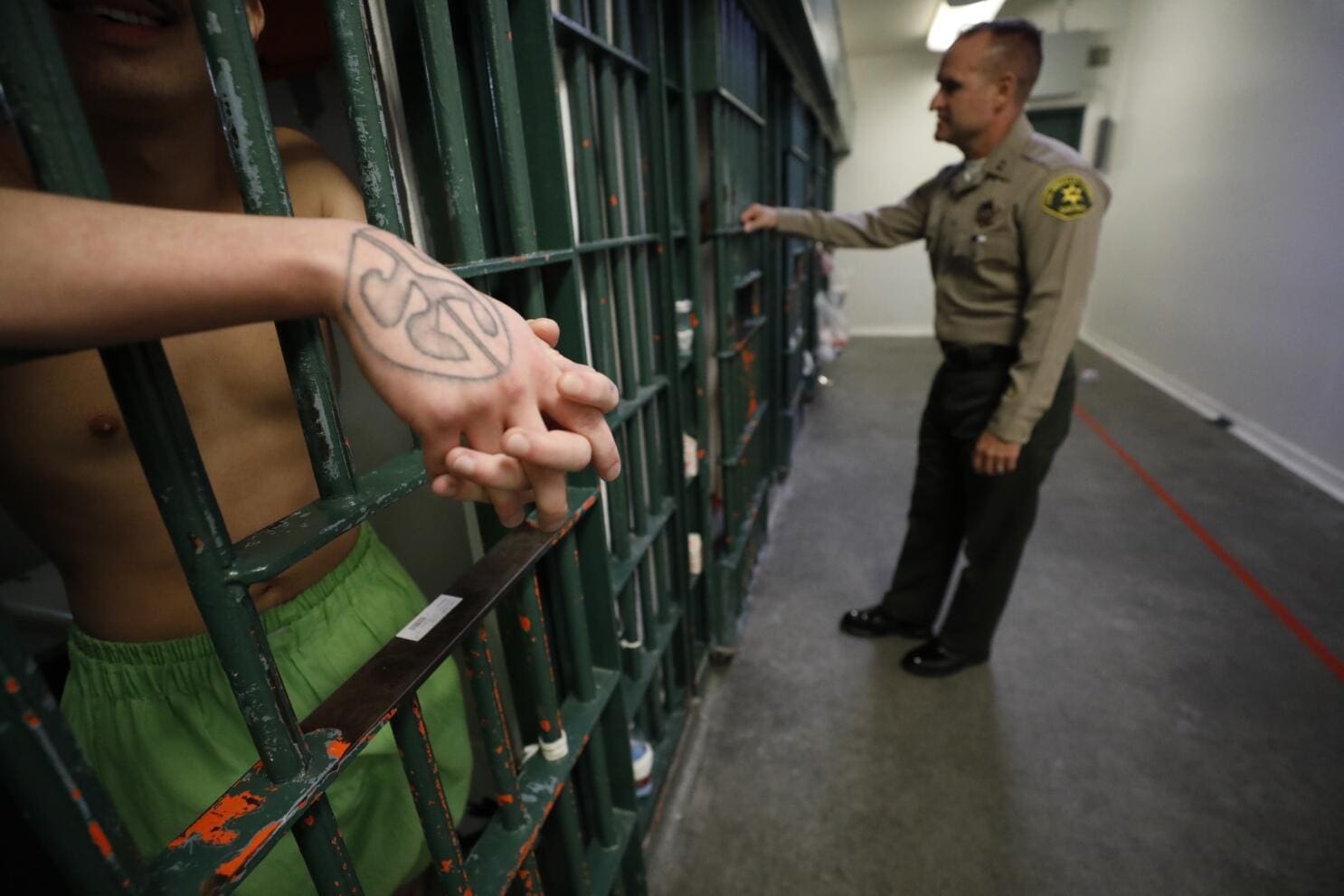
7. Maricopa County Jail, Arizona
Maricopa County Jail became nationally notorious under the administration of Sheriff Joe Arpaio, who dubbed himself “America’s Toughest Sheriff”. His tenure was marked by extreme measures, including the establishment of the infamous “Tent City”, where inmates were housed in outdoor tents under the harsh Arizona sun.
The treatment of inmates under Arpaio’s watch was widely criticized for being cruel and unusual, with tactics such as withholding basic amenities, enforcing harsh disciplinary measures, and neglecting medical and psychiatric care. These practices not only raised concerns about violations of inmates’ rights but also created an environment ripe for both physical and psychological dangers.
Arpaio’s controversial policies led to numerous lawsuits alleging racial profiling and violations of inmates’ rights, costing the county millions in legal settlements. Despite his departure, the jail system continues to grapple with the legacy of his policies, with ongoing debates about the need for significant reforms to address the abuses of the past and prevent future violations.

8. Pelican Bay State Prison, California
Pelican Bay State Prison, located in Crescent City, California, represents the pinnacle of maximum security prisons in the United States. Opened in 1989, this supermax facility was designed to house the most dangerous criminals, including gang leaders and inmates who have committed grave offenses even within other prisons.
One of the most controversial aspects of Pelican Bay is its extensive use of solitary confinement. Inmates in the Secure Housing Unit (SHU) spend 22 to 24 hours a day in their cells, isolated from almost all human contact. This practice has been widely criticized for its psychological impacts on prisoners, leading to significant legal battles aimed at reforming the use of solitary confinement in the facility.
The prison is known for housing some of the most notorious criminals in American history, which only adds to its formidable reputation. The stories of inmates who have spent decades in solitary confinement highlight the extreme measures taken by Pelican Bay to maintain security and control, sparking ongoing debates about human rights and the purposes of incarceration.
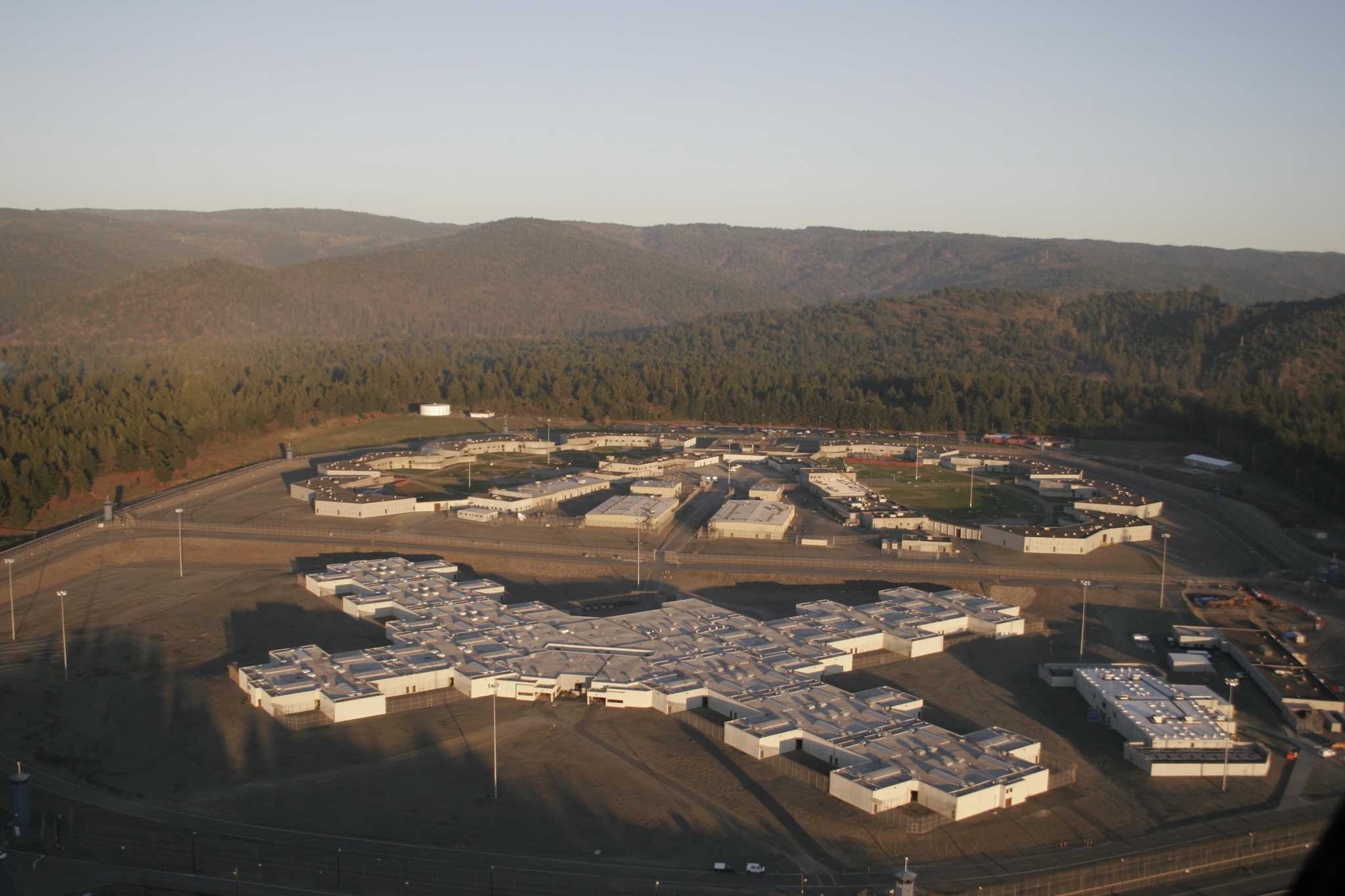
9. San Quentin State Prison, California
San Quentin State Prison is California’s oldest correctional institution, established in 1852. It is also one of the most famous prisons in the world, known not only for its death row but for its historical significance and the numerous movies and media stories set there.
Despite its grim reputation, San Quentin has been at the forefront of prison reform, offering various rehabilitation programs that include college courses and vocational training. The prison hosts the only on-site college degree-granting program in California’s prison system. These initiatives aim to reduce recidivism and provide inmates with skills for a more productive life post-release.
The prison’s high-profile inmates and historic executions have made it a subject of public fascination and debate. San Quentin’s portrayal in the media has helped to draw attention to both the failings and the potential for reform within the American penal system. This dual role underscores the complex legacy of San Quentin as both a symbol of harsh justice and a beacon for progressive change in corrections.
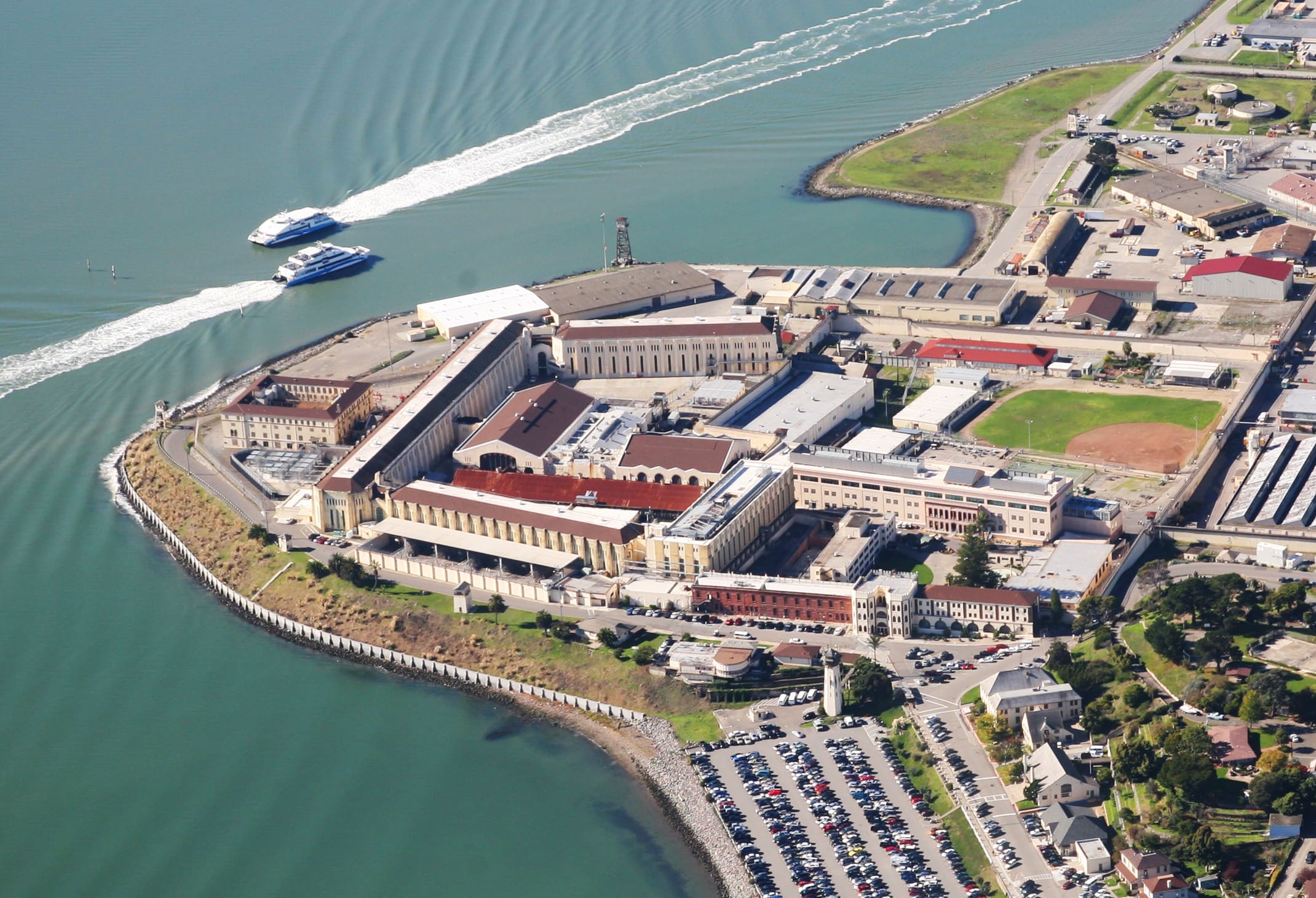
10. Attica Correctional Facility, New York
Attica Correctional Facility is etched in history mainly due to the violent inmate uprising in September 1971. This revolt was prompted by deplorable living conditions, racial discrimination, and a lack of basic human rights, culminating in a four-day standoff that left 43 people dead after a brutal retaking by law enforcement. The aftermath of the Attica uprising led to nationwide prison reform efforts, though many argue that the progress has been insufficient and slow.
Despite reforms, Attica remains a symbol of excessive use of force and inmate suppression. The facility continues to house inmates under high-security conditions and has been the site of ongoing reports of guard brutality and inadequate living conditions. These enduring issues reflect systemic problems that still plague many American prisons.
In response to ongoing criticism and the historical legacy of violence, Attica has implemented several safety and oversight measures aimed at reducing violence and improving conditions. However, the effectiveness of these measures is often questioned, as incidents of violence and human rights abuses continue to surface.
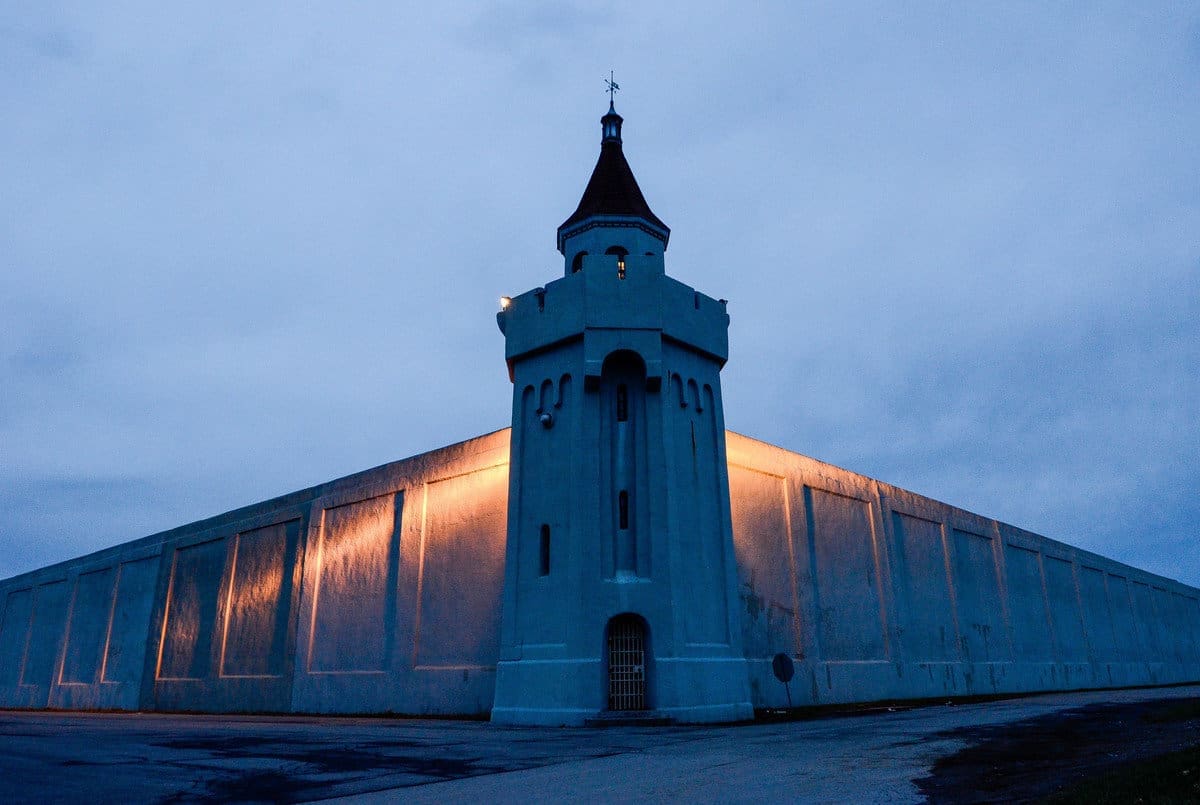
11. Louisiana State Penitentiary (Angola)
Louisiana State Penitentiary, known commonly as Angola, is the largest maximum-security prison in the United States, with over 6,000 inmates on a former slave plantation. Its nickname, “The Alcatraz of the South” or “The Farm,” underscores its remote location and its historically harsh conditions.
Angola has been notorious for violence, sexual assault, and guard brutality. Historically, it was considered one of the bloodiest prisons in America, though recent decades have seen efforts to change this reputation through improved security measures and inmate programs.
Under more recent administrations, Angola has introduced several rehabilitation programs, including vocational training, educational opportunities, and even a publicly broadcasted prison rodeo. These programs aim to reduce recidivism and provide inmates with skills to facilitate a better transition after release. Despite these efforts, the shadow of its past brutality looms large, and debates continue about the effectiveness and sufficiency of reforms at Angola.
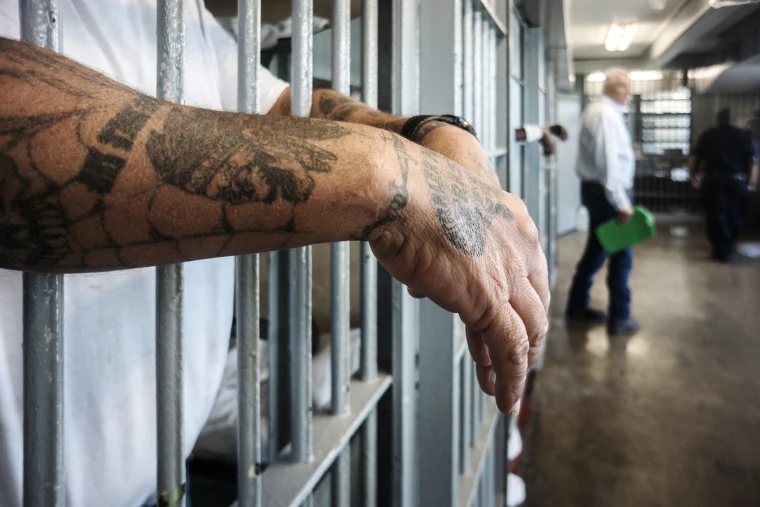
12. Philadelphia Industrial Correctional Center, Pennsylvania
Facility Overview: Philadelphia Industrial Correctional Center (PICC) serves as one of the primary detention facilities in Philadelphia, handling a large number of short-term and pre-trial detainees. Its urban setting adds complexity to its operations, often reflecting the broader challenges facing city-based correctional facilities.
Issues and Incidents: PICC has struggled with issues such as overcrowding, staff shortages, and significant inmate-on-inmate violence. These problems are exacerbated
by frequent lockdowns and a high turnover of both inmates and staff, creating a cycle of instability and tension within the facility.
Current Status: In recent years, there have been concerted efforts to address the problems at PICC, including infrastructure improvements and staff training programs aimed at enhancing security and inmate welfare. Despite these initiatives, the facility continues to face challenges in managing violence and providing adequate care, reflecting the ongoing struggle to balance security and rehabilitation in an urban correctional setting.
